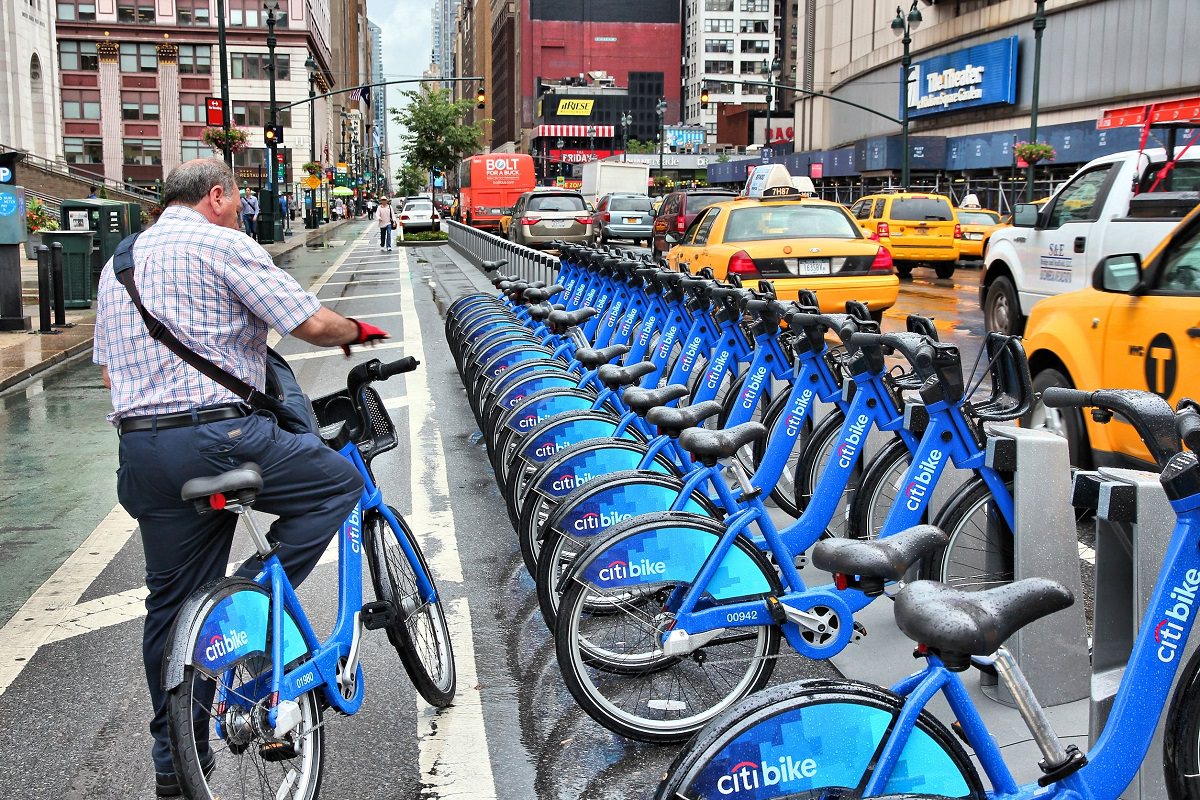The idea of bike-sharing was birthed in Amsterdam in 1965. While it did not immediately take off, the last two decades have seen the concept grow exponentially into what it is today.
This was to be expected. The bike-sharing program is not only a way to ensure the masses move around; it’s also a healthy mode of transport and great for the environment as well. With sustainability being on the forefront, it’s easy to see why authorities around the world have adopted this concept as they have.
Wondering where the best bike-sharing programs in the world are? Here is a quick look at that.
New York, USA
With the most extensive bike-sharing system globally, the city of New York features prominently on this list.
To keep New Yorkers mobile, the NY bike-sharing network boasts of 600 docking bays and 10,000 bikes.
The system has sought to be inclusive by instituting different access packages for different users. As such, there are day passes for one-off users and visitors, and there are annual subscriptions for residents using the system frequently.
Think of students and city employees that need a reliable transportation method every day.
Montreal, Canada
Montreal’s BIXI network has 660 stations and 8,000 bikes spread across Montreal, Montreal East, Laval, Westmont and Longueuil.
The city is known as a city of cyclers and cycling has become an accepted mode of transport year-round, save for winter.
The system charged additional usage fees to incentivize users to dock often. However, you can have a bike for 24 hours. If you exceed this time without docking, the bike is often assumed stolen, and users will incur a punitive charge on their credit card.
Milan, Italy
Milan’s BikeMi is not left too far behind on bike share. The system has 4,500 bikes, with 1,000 of these being electric. Parents with young kids can also get a bike fitted with a child seat when riding with their young ones on board.
The bike-share system here runs from 6 am to midnight with possible extensions over summer. In addition to this, the first 30 minutes of cycling on a traditional bike are without charge.
Milan’s system has strategically placed docking stations near the main rail and subway stations to attract riders and provide a convenient service.
What to Expect
With these cities showing the world how effective bike-sharing systems can be, two things can be expected.
The first is that countries with existing bike-sharing systems will look to grow their network and automate more operations.
The second is that those yet to adopt the concept will begin doing so in a bid to get their cities moving sustainably. You can bet that bike sharing will stick around for decades to come.
